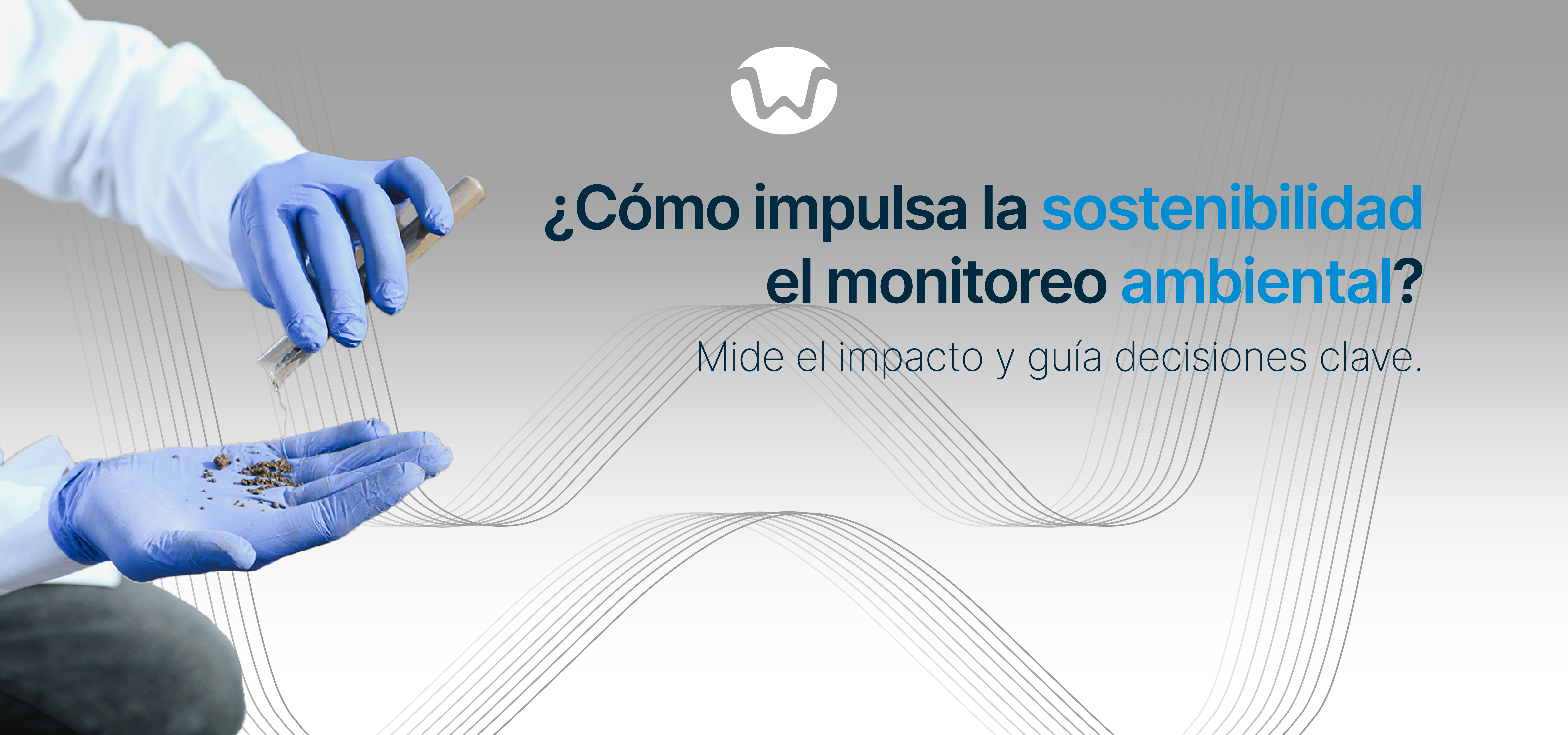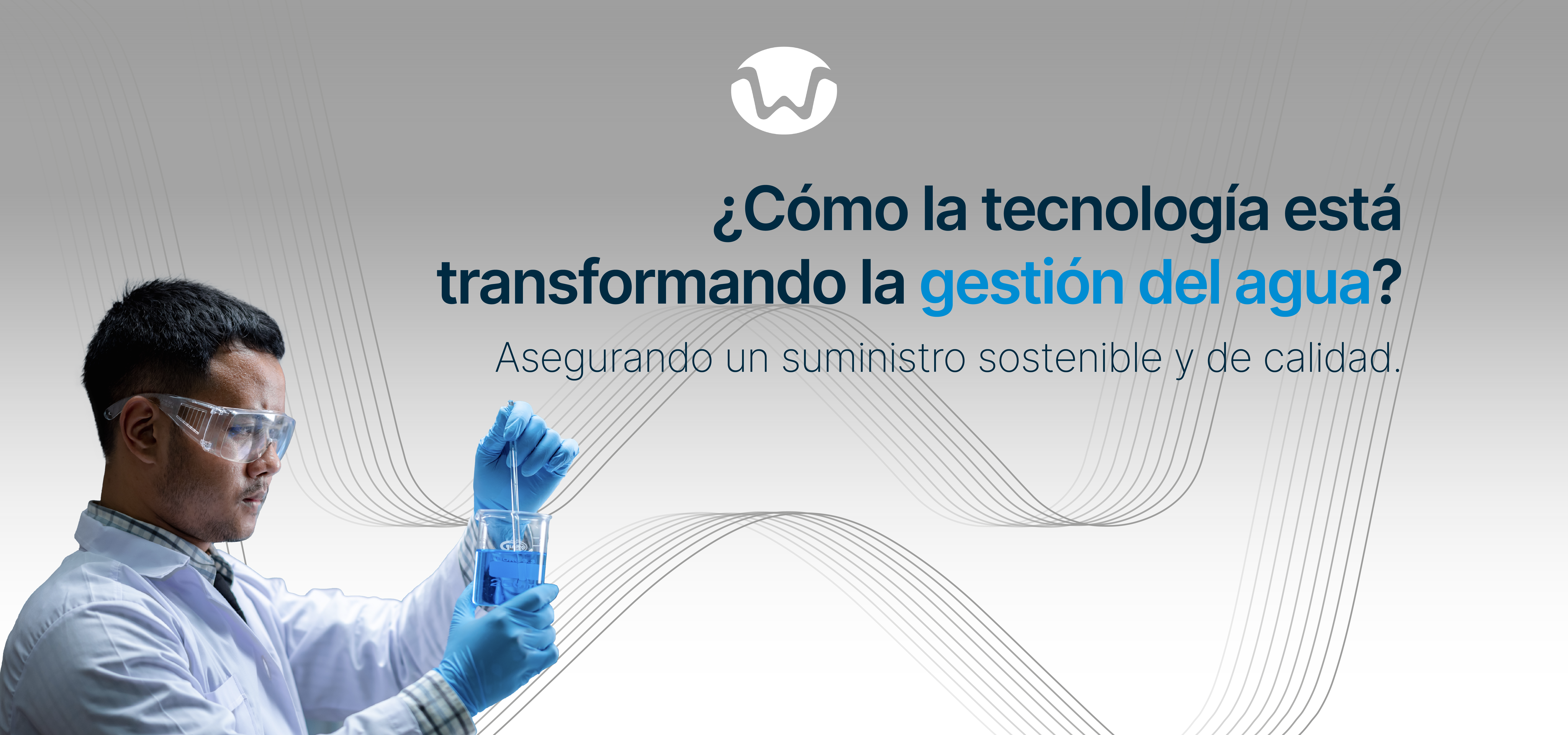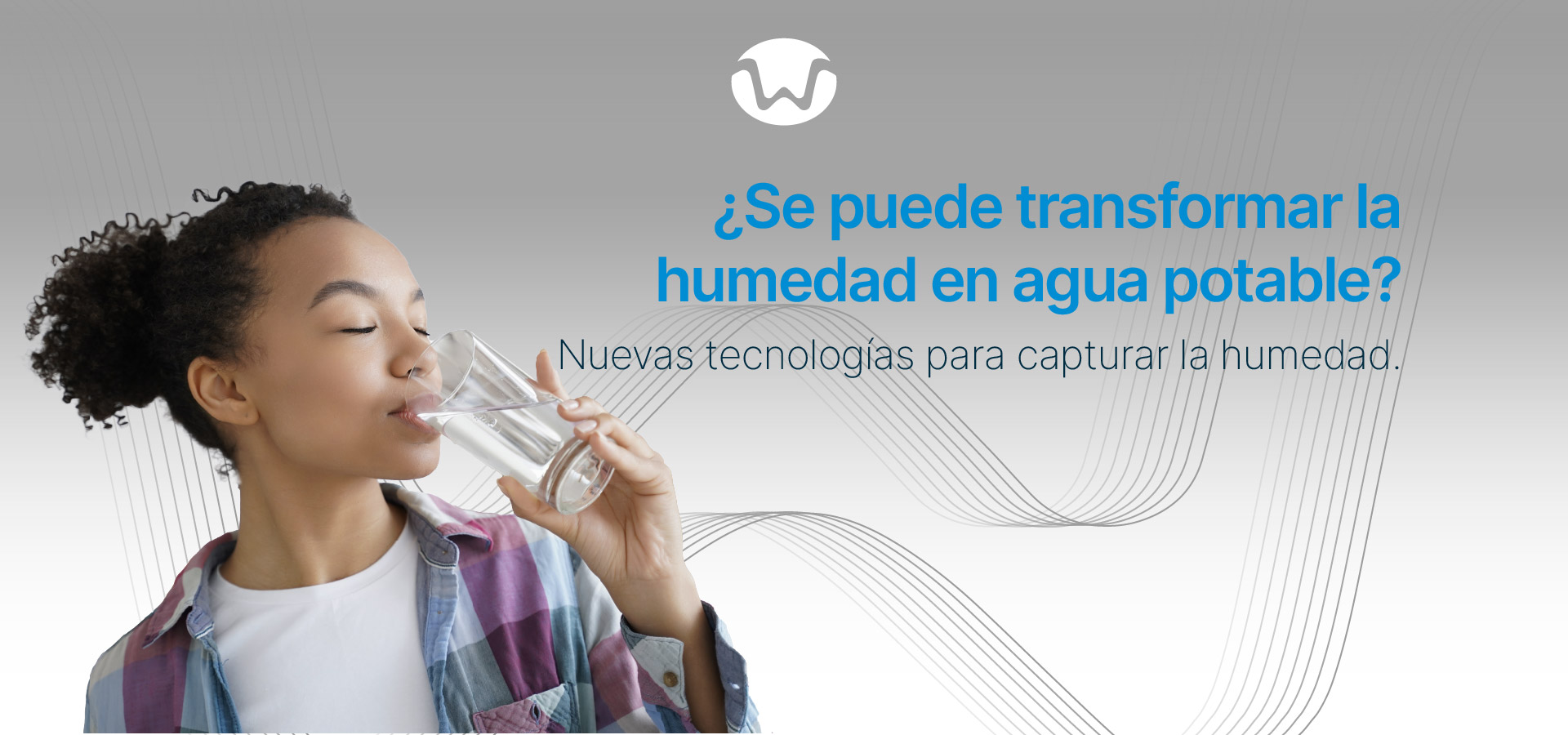
DID YOU KNOW WHAT PISCO IS?
For this, we will talk about why data is so important. The importance lies in that they describe empirical facts, which can be quantitative or qualitative, being very useful to understand our environment.
Studies and research are important to generate information, in our case, climatic and hydrological characteristics that help us to have a better understanding of the hydroclimatology of a particular sector. The production of data requires a large investment of time in the treatment, evaluation of the records for good quality, temporal continuity of the rainfall series and homogeneity. Unfortunately, the low density of meteorological stations limits users to applying only some of the different methodologies to generate information in the area of their interest
With the need to obtain processed and validated spatial information, as of 2013 the SENAMHI (National Service of Meteorology and Hydrology of Peru), through its Hydrology Directorate - DHI, has been investigating the quality of satellite products and carried out the validation of earth stations, in order to obtain optimal results for some areas of the country. However, due to the few or no number of meteorological stations in specific areas, adverse results have also been found.
In 2014, Peru obtained the first spatial database of precipitation at a monthly time step, at a resolution of 0.05 ° (~ 5 km). The series of analyzes began in January 1981 and continues today, the data are part of the PISCO database. The product is PISCO of precipitation (PISCOp) daily and monthly. For the construction, the global database of the CHIRPS project (Climate Hazards InfraRed Precipitation with Station Data) was used.
PISCOp is a high resolution precipitation database (~ 5 * 5 km) -spaced by grids- at the national level. It covers a time series from the 1st. January to the present, thus facilitating greater availability of precipitation data for use in different activities related to hydrological analysis, such as hydrological modeling, monitoring of droughts and water balance.
It should be taken into account that the precision of the information provided by PISCOp will have more fidelity if it has rainfall information, this means that, if there are no meteorological stations in the area of interest, the PISCOp data will not be as reliable. Therefore, it is important to emphasize the need to implement a greater number of stations nationwide, this would help to have rainfall information, progressively reducing the current limitations in the applications of the PISCOp product.
Source: https://www.senamhi.gob.pe/load/file/01402SENA-8.pdf



